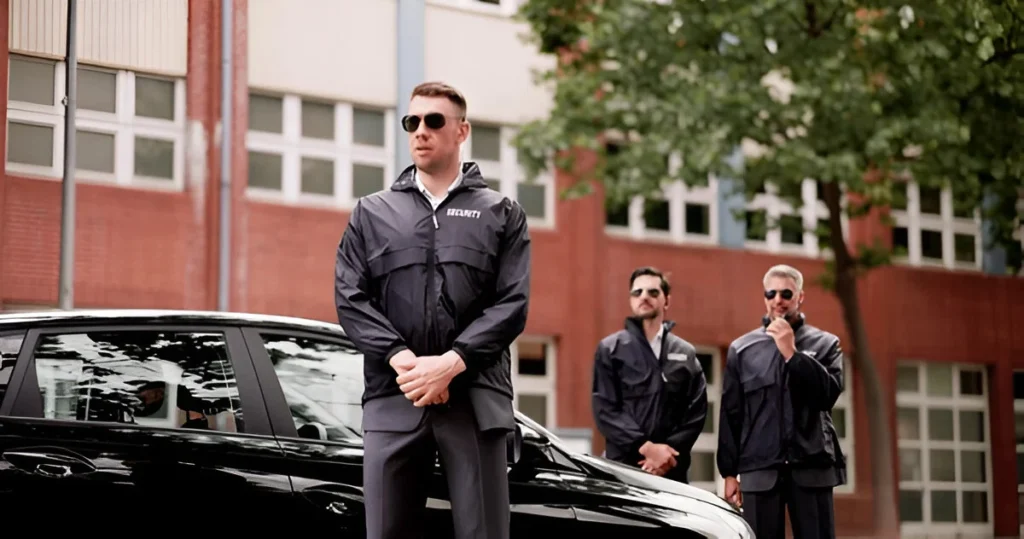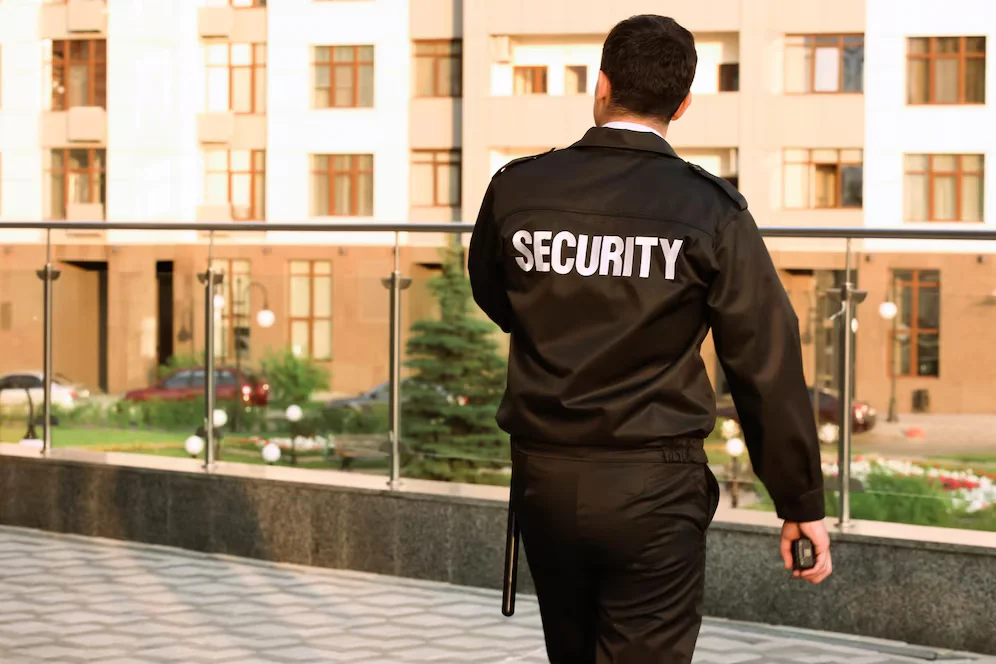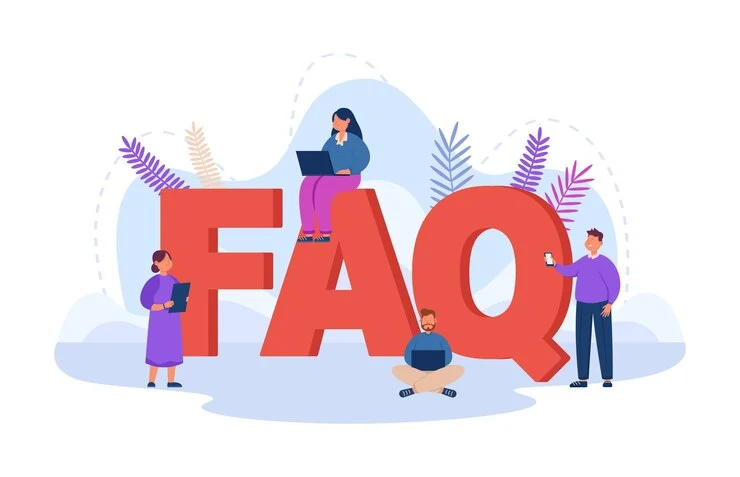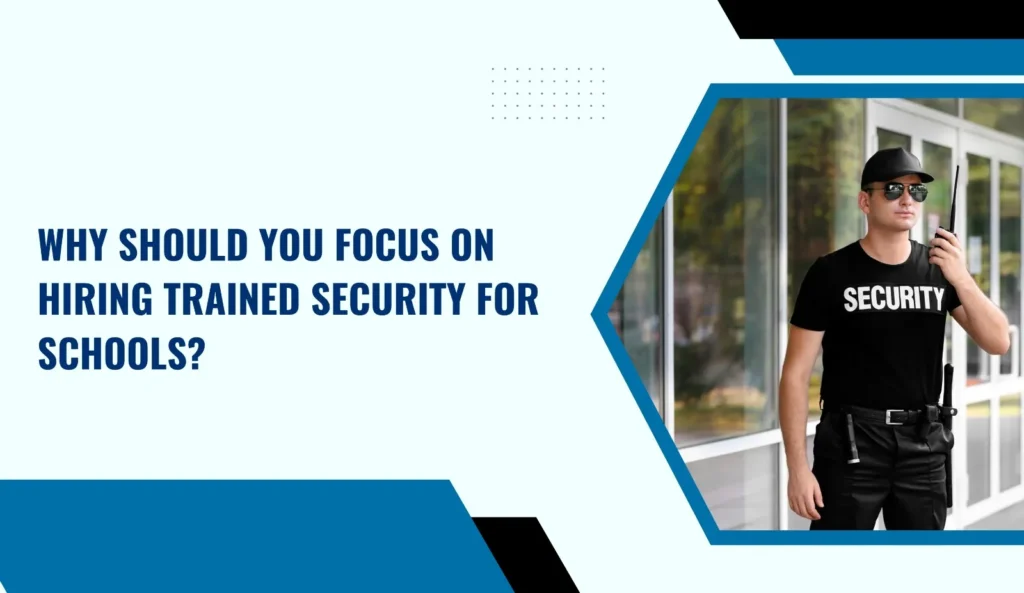-
Motilal Colony , Dumdum, Kolkata 700079
What Are the Top Challenges in Modern Security Services?
Home | Blogs | What Are the Top Challenges in Modern Security Services?

By Royals
June 18, 2025
What Are the Top Challenges in Modern Security Services?
Challenges in Modern Security Services are evolving with technology, urbanization, and complex threats. Learn the top issues today and how security professionals handle them.
The security industry has always been the backbone of safety in homes, businesses, and public spaces. But in today’s rapidly changing world, the profession is evolving—and so are the threats it faces.
Table of Contents
Security professionals are no longer just watchful eyes; they’re expected to manage technology, navigate complex human behavior, respond in real time to emergencies, and operate across diverse environments. While the demand for skilled guards continues to grow, so do the challenges in modern security services.
This blog explores those pressing challenges, their root causes, and the strategies that industry leaders are adopting to overcome them.

The Evolving Role of Security Services
Before diving into the challenges, it’s essential to understand how the role of a security guard or security company has transformed:
- From passive observation to active intervention
- From manning gates to managing digital surveillance tools
- From static postings to patrolling, reporting, and incident handling
With this shift comes a new set of obstacles—many of which require both human intelligence and technical knowledge.
Major Challenges in Modern Security Services
1. Technology Integration and Upkeep
Security is no longer just about physical presence. Surveillance systems, biometrics, access control devices, and real-time tracking are now standard expectations.
The challenge? Not all personnel are trained to handle these devices efficiently.
Key issues include:
- Outdated technology leading to loopholes
- Lack of digital literacy among guards
- Integration problems between physical and cyber systems
- Cybersecurity vulnerabilities within connected networks
2. High Turnover and Lack of Skilled Workforce
Security jobs are often seen as transitional, resulting in high attrition rates.
Why is this a problem?
- New hires need frequent retraining
- Experience-based decision-making suffers
- Service consistency is compromised
Retention has become a key metric for measuring service quality, especially for providers aiming to set industry benchmarks and deliver consistent, dependable security services across diverse environments.
3. Handling Dynamic Threats and Unpredictable Behavior
Modern threats are not always obvious. Guards now face:
- Insider threats
- Mental health crises
- Violent incidents triggered by minor disputes
- Vandalism or theft planned via social media coordination
Identifying risks early and responding tactfully requires both emotional intelligence and situational awareness.
4. Legal Liability and Compliance Issues
Security companies and personnel must comply with a web of regulations:
- Labour laws
- Data privacy acts (especially for surveillance footage)
- Use-of-force guidelines
- Contractual liabilities
Failure to comply can result in legal consequences, damage to reputation, or loss of licenses.
5. Limited Real-Time Communication
Quick decision-making is vital in emergencies. However, many teams still lack:
- Reliable radios or devices
- Standardized protocols
- Access to centralized monitoring centers
This creates delays in reporting or escalation—potentially costing lives or assets.

Rising Challenges in Modern Security Services During Urbanization
The surge in urban growth adds new challenges to modern security services. As cities expand and commercial hubs grow more complex, securing large crowds, high-rise buildings, and parking areas becomes more demanding.
Additional factors include:
- Overcrowded areas with high movement make surveillance tough
- Multiple access points in malls, offices, and hospitals
- Terror threats in public spaces
- Delivery and gig economy workers with temporary access to secured zones
Modern security setups must now include not just guards, but also sensors, smart locks, AI surveillance, and data analytics—all of which require trained personnel and constant updates.
Best Practices to Overcome These Challenges
Despite these challenges, the industry is adapting. Here are proactive strategies adopted by professionals:
- Investing in Technology Training for guards
- Providing scenario-based simulations for real-life threats
- Streamlining communication through mobile-based guard apps
- Background verification and professional recruitment systems
- Mental wellness programs for stress management
- Regular audits of surveillance and patrol practices
- Legal and compliance workshops to stay updated
The Importance of Trusted Service Providers
Whether it’s a residential complex, hospital, warehouse, or educational campus, every setting has its unique vulnerabilities. Choosing a security service provider who understands these nuances can make all the difference.
Look for:
- Licensed and trained personnel
- Real-time supervision
- 24/7 command center availability
- Experience in multiple industry verticals
- Positive reviews and retention records
These are hallmarks of companies often recognized as leading providers in the security services industry, trusted for their reliability, professionalism, and adherence to high operational standards.

FAQs on Security Services and Industry Challenges
Q1. What qualifications should a professional security guard have?
A valid license, background verification, basic training in first aid and fire safety, and ideally, knowledge of handling digital surveillance systems.
Q2. How often should a security service update its protocols?
Best practices suggest reviewing protocols every 6–12 months, or immediately after any major incident or regulatory change.
Q3. What should a client look for when choosing a security partner?
Training quality, turnover rate, compliance record, technology infrastructure, and emergency responsiveness.
Q4. How are threats identified before they escalate?
Through behavioral analysis, CCTV monitoring, routine patrols, and having trained guards who understand body language and situational cues.
Q5. Are guards responsible for cyber-related threats too?
While not direct handlers, security staff are often the first line of defense. They need to understand the basics of cybersecurity hygiene, especially if they manage access systems or surveillance servers.
Adapting to Stay Secure
The landscape of security has changed, and with it, the responsibilities of the people safeguarding us. Today’s security services face a unique blend of digital, legal, operational, and psychological challenges.
But those who adapt—with better training, smarter systems, and ethical practices—can continue to provide dependable protection in a volatile world.
Security isn’t just about presence—it’s about preparedness. And overcoming the challenges in modern security services is a collective journey of upgrading people, processes, and purpose.
Who’s Leading the Way?
Organizations committed to transparent hiring, rigorous training, modern surveillance, and responsive emergency systems are setting new benchmarks in the security industry. Providers that uphold these values are often recognized for their professionalism, consistency, and ability to adapt to the evolving demands of modern safety challenges. Choosing such service partners ensures a proactive and future-ready approach to security management.



